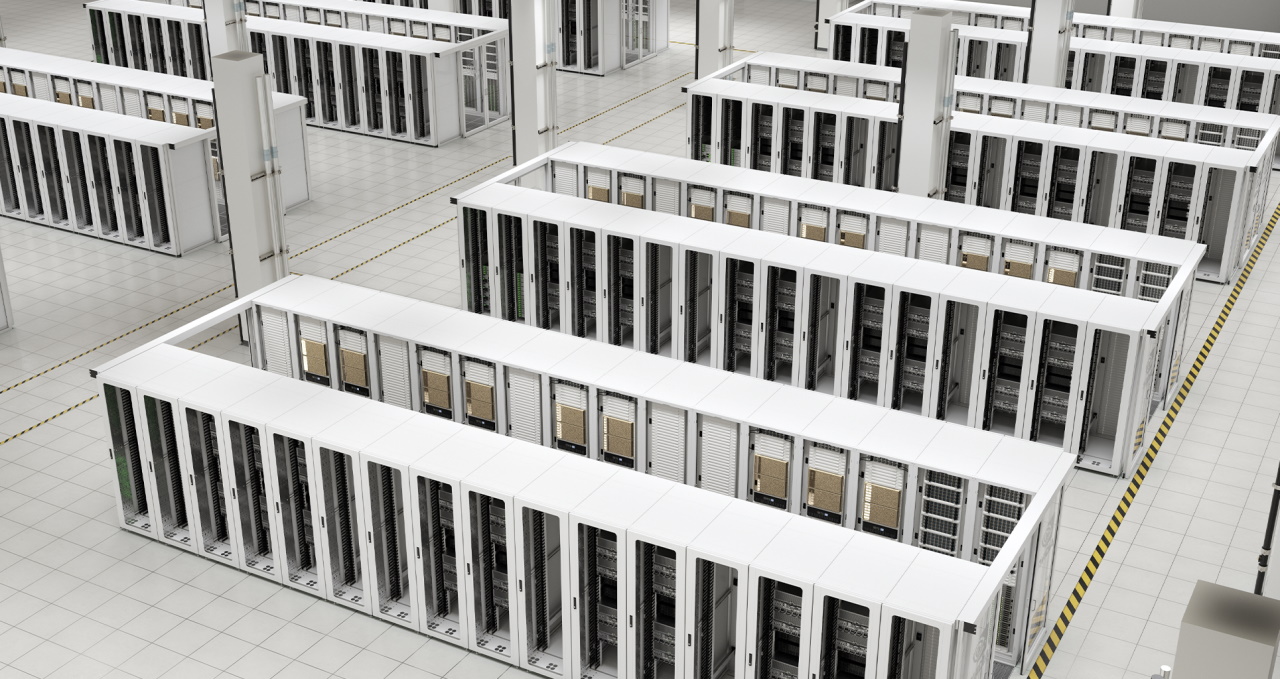The world’s fastest supercomputers aren’t just faster than ever. They’re smarter and support a greater variety of workloads, too.
Nearly 70 percent of the machines, including eight of the top 10, on the latest TOP500 list of the world’s fastest supercomputers, released today at SC20, are powered by NVIDIA technology.
In addition, four of the nominations for the Gordon Bell Prize, supercomputing’s most prestigious award — to be named this week at SC20 — use AI to drive their discoveries.
The common thread: our end-to-end HGX AI supercomputing platform, which accelerates scientific computing, data analytics and AI workloads. It’s a story that begins with a great chip and extremely fast, smart networking, but ultimately is all about NVIDIA’s globally adopted data-center-scale platform for doing great science.
The shift to incorporating AI into HPC, and a platform that extends beyond traditional supercomputing centers, represents a significant change in a field that, since Seymour Cray’s CDC 6600 was launched in 1964, has focused on harnessing ever larger, more powerful machines for compute-intensive simulation and modeling.
The latest TOP500 list is about more than high-performance Linpack results:
- Speed records: Measured by the traditional benchmark of supercomputing performance — the speed it takes to do operations in a double-precision floating-point format called FP64 — NVIDIA technologies accelerate the world’s fastest clusters, powering eight of the top 10 machines. This includes the No. 5 system — NVIDIA’s own Selene supercomputer, the world’s most powerful commercial system — as well as new additions like JUWELS (Forschungszentrum Jülich) at No. 7 and Dammam-7 (Saudi Aramco) at No. 10.
- “Smarts” records: When measured by HPL-AI, the mixed-precision standard that’s the benchmark for AI performance, NVIDIA-powered machines captured top spots on the list with Oak Ridge National Lab’s Summit supercomputer at 0.55 exaflops and NVIDIA Selene at 0.25 exaflops.
- Green records: The NVIDIA DGX SuperPOD system captured the top spot on the Green500 list of most efficient supercomputers, achieving a new world record in power efficiency of 26.2 gigaflops per watt. Overall, NVIDIA-powered machines captured 26 of the top 30 spots on the list.
The Era of AI Supercomputing Is in High Gear
Maybe the most impressive achievement: We’ve surpassed exascale computing well ahead of schedule.
In October, Italy’s CINECA supercomputing center unveiled plans to build Leonardo, the world’s most powerful AI supercomputer with an expected 10 exaflops of AI performance. It’s joined by a wave of new EuropHPC AI systems in the Czech Republic, Luxembourg and Slovenia. More are coming not only in Europe but also across Asia and North America.
That’s because modern AI harnesses the incredible parallel processing power of NVIDIA GPUs, NVIDIA CUDA-X libraries and NVIDIA Mellanox InfiniBand — the world’s only smart, fully accelerated in-network computing platform — to pour vast quantities of data into advanced neural networks, creating sophisticated models of the world around us. This lets scientists tackle much more ambitious projects than would otherwise be possible.
Take the example of the team from Lawrence Berkeley National Laboratory’s Computational Research Division, one of this year’s Gordon Bell Prize nominees. Thanks to AI, the team was able to increase the scale of their molecular dynamics simulation by at least 100x compared to the largest system simulated by previous nominees.
It’s About Advancing Science
Of course, it’s not just how fast your system is, but what you do with it in the real world that counts.
That’s why you’ll find the new breed of AI-powered being thrown into the front-line of the fight against COVID.
Three of the four of the nominees for a special Gordon Bell award focused tackling the COVID-19 pandemic rely on NVIDIA AI.
On the Lawrence Livermore National Laboratory’s Sierra supercomputer — No. 3 on the TOP500 list — a team trained an AI able to identify new drug candidates on 1.6 billion compounds in just 23 minutes.
On Oak Ridge’s Summit supercomputer — No. 2 on the TOP500 list — another team harnessed 27,612 NVIDIA GPUs to test 19,028 potential drug compounds on two key SARS-CoV-2 protein structures every second.
Another team used Summit to create an AI-driven workflow to model how the SARS-CoV-2 spike protein, the main viral infection machinery, attacks the human ACE2 receptor.
Thanks to the growing ubiquity of the scalable NVIDIA HGX AI supercomputing platform — which includes everything from processors to networking and software — scientists can run their workloads in the hyperscale data centers of cloud computing companies, as well as in supercomputers.
It’s a unified platform, enabling the fusion of high-performance computing, data analytics and AI workloads. With 2.3 million developers and supporting over 1,800 accelerated apps, all AI frameworks and popular data analytics frameworks including DASK and Spark, the platform enables scientists and researchers to be instantly productive on GPU-powered x86, Arm and Power systems.
In addition, the NVIDIA NGC catalog offers performance-optimized containers for the latest versions of HPC and AI applications. So scientists and researchers can deploy quickly and stay focused on advancing their science.
Learn more in the live NVIDIA SC20 Special Address at 3 p.m. PT today.
